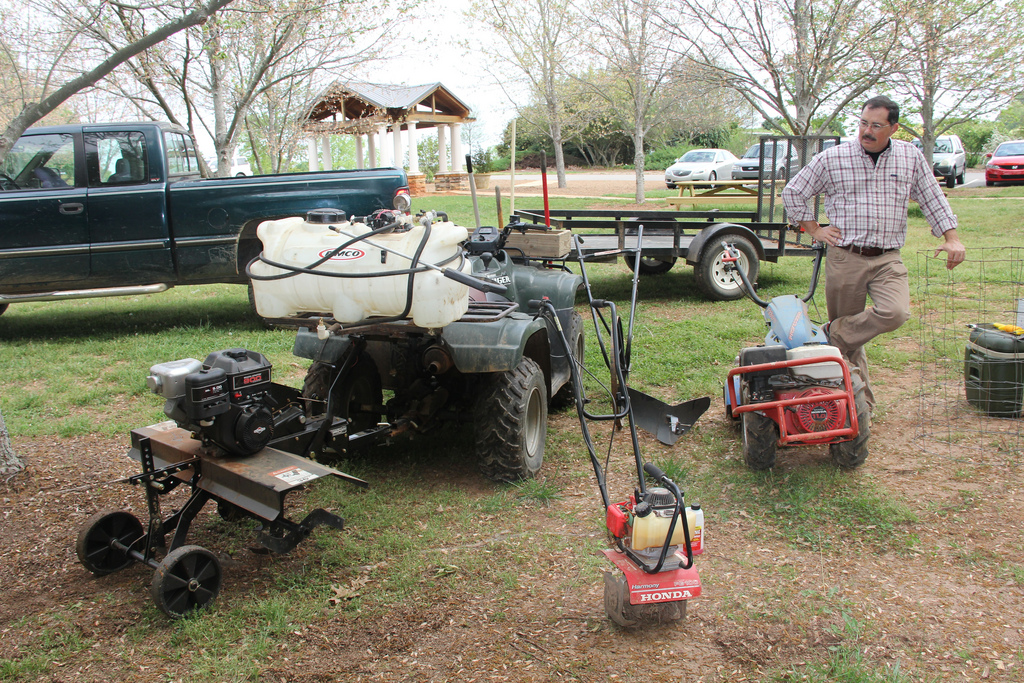
As fall temperatures cool down, much of our lawn and garden equipment begins to lay idle. Tillers, lawnmowers and weed eaters are no longer being used with the frequency they were during the warm temperatures of summer. The temptation is to just store them away until we need them later in the spring, but that could cause problems later unless the equipment is properly prepared for storage.
Winterizing is the term for preparing equipment for storage over a longer period of time and, when done properly, will prevent headaches that may occur in spring when the time comes to power things back up.
Although we call it winterizing, these steps can be taken whenever equipment is to be stored, at any time of year. If a small engine will not be used for at least a three- to four-week period, it should be winterized.
The trouble with ethanol fuel
A few problems that can occur with small motors is caused by the presence of ethanol in the fuel available at most gas pumps. Ethanol is a primarily plant-based additive product used to extend the fuel supply. But the ethanol component in most gasoline will break down the rubber components of small engines.
This can lead to problems with the carburetor and fuel lines of small motors, so it is recommended that ethanol-free fuel be used in small engines. If you cannot find ethanol-free fuel locally, many stores that sell two-cycle equipment also sell pre-blended fuel.
If ethanol gasoline is the only option, you can purchase commercially available fuel stabilizers that can eliminate the issues that ethanol can cause.
Nontreated ethanol fuel left sitting in the gas tanks for an extended period will react with rubberized components of engines and can cause carburetors to clog and fuel lines to crack. This ultimately results in poorly running or nonfunctioning equipment, which can lead to extensive down time and expensive repairs.
Follow these tips when preparing to store small engines for an extended period of time:
- It is best to empty the entire tank of fuel into an approved container.
- After the fuel is out of the tank, crank the motor several times to empty the remaining fuel out of the carburetor. This type of dry storage is the best way to help ensure fewer problems when it comes to restarting the motor.
- In addition to emptying the fuel, it is a good time to check the general condition of your equipment. (i.e., air filter, spark plug, wheels, handles, cables, blades, etc.) if you plan on storing your equipment without using it for several months.
- This is also a great time to check or change the oil.
- Lubricate or grease any parts that require it, following the guidelines of your service manual.
- The blades of lawn mowers, chain saws and hedge trimmers can also be sharpened at this time so they are ready to go when needed again.
- When applicable, check your tires for the proper inflation level.
For more information on how to winterize small lawn and garden equipment, check out UGA Extension's how-to video above or at youtube.com.






